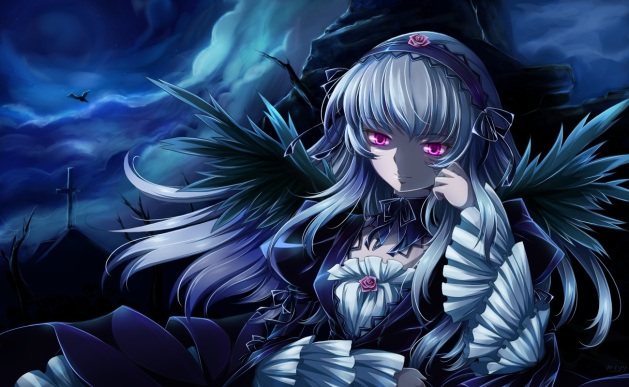School centric anime and their importance in current day Japan
June 8, 2013 6 Comments
As Goodman (2011) points out, the Japanese education system provided a clear connection for both male and female workers between success in education and the quality of the jobs they could secure (Goodman, 2011; 52). Generally speaking Japanese school children are made aware from an early age of the direct correlation between the size of a potential employer and the job security, salary, and status that employer would be able to offer. From the early Post-War period onwards, top employers would choose their new workers from top universities, which in turn chose their intake based on high school hierarchies, that in turn took students based on scores of the high school entrance exam that everyone sits when they are 15. The entire education system of Japan is based on a meritocratic structure that engenders high competition amongst students, and produces what Ronald Dore (1976) describes as a ‘very expensive intelligence testing system with some educational spin-off, rather than the other way around’ (Dore, 1976; 48-49). Read more of this post






Boku wa Tomodachi Ga Sukunai NEXT – Unwilling to change
March 24, 2013 1 Comment
Over the last few episodes we have seen Kodaka’s inability to change, and his unwillingness to even consider the idea that there are those who may care for him as something more than just friends. He is a character that is stuck in a particular way of thinking and viewing the Rinjin-bu, and is someone who fears the change that accepting the girls feelings may bring onto the club that he holds so dear. As we have seen during the first season, and throughout the run of Haganai, Kodaka is an individual with a complicated past, and has to deal with the scared faces of those around him due to his English parentage. As a social outcast, labelled as a yankee, and effectively ignored or avoided by everyone in school, Kodaka has lived a relatively isolated life, other than caring for his sister Kobato. This also means that his life has been incredibly simple until he started attending the Academy and in a way had very little to worry about, although he obviously felt a little lonely. By attending the Academy and then helping to form the Rinjin-bu with Yozora, Kodaka has gained a good group of friends as he has wished for, but in doing so his life has become far more complex than it once was. Read more of this post
Filed under Anime, Boku wa Tomodachi ga Sukunai, Commentaries, Winter 2013 Season Tagged with Boku wa Tomodachi ga Sukunai NEXT, Kobato Hasegawa, Kodaka "Taka" Hasegawa, Maria Takayama, Rika Shiguma, Sena "Niku" Kashiwazaki, Yozora "Sora" Mikazuki, Yukimura Kusunoki